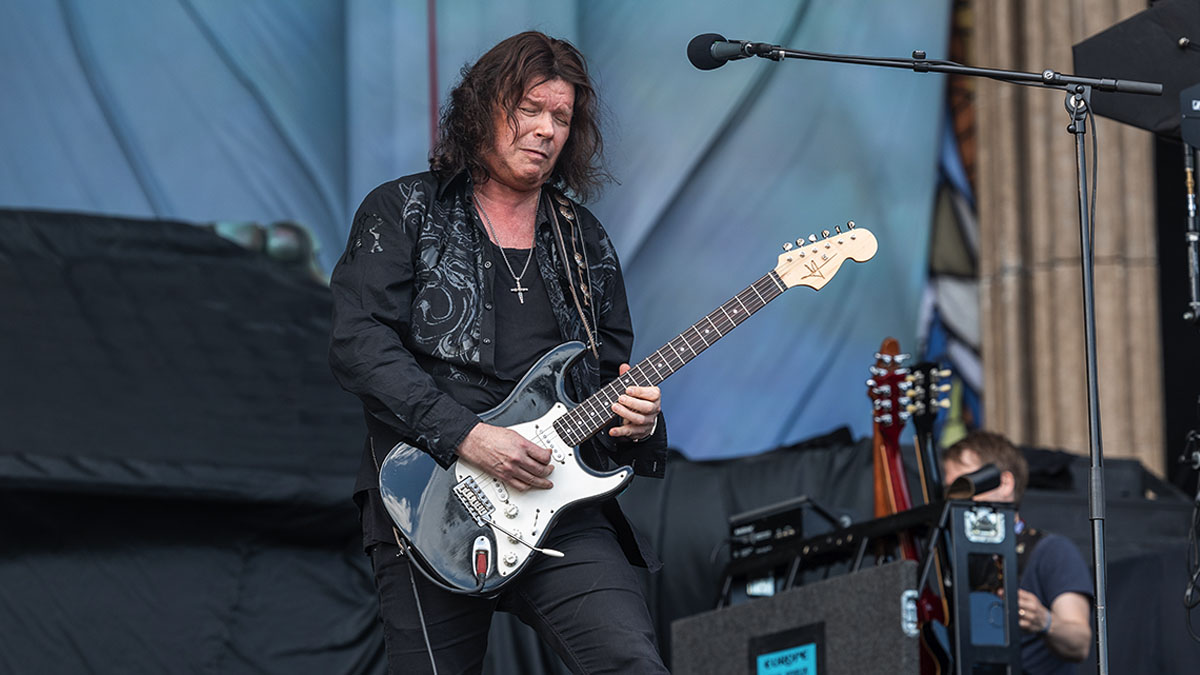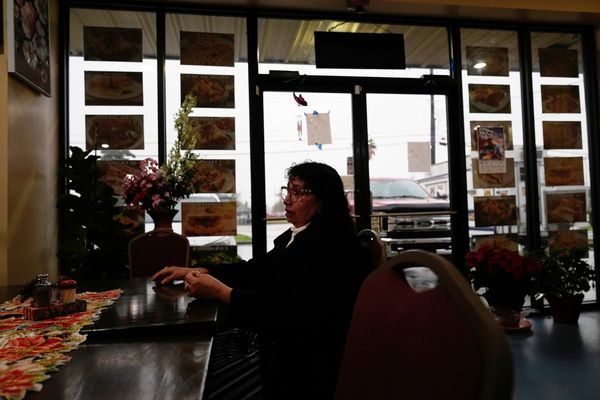
Join us for our traditional look back at the news and features that floated your boat this year.
Best of 2023: A rock jukebox would not be complete without it. It would become a staple of karaoke and weddings, and of sports montages. And it transformed the careers of Swedish rockers Europe. But not everyone was a fan of The Final Countdown, with guitarist John Norum admitting that he thought it was “dreadful” when he first heard it.
In a recent interview with the Guardian, Norum admits he soon changed his mind once he got his head around it. But he all but had to hold his nose when frontman Joey Tempest presented with a demo of the synth-led track. Norum, a top-tier player by anyone’s lights, initially didn’t know where his electric guitar would fit in with Tempesta’s synth riff, and how they would make sense of it all.
“When Joey first played me the demo for The Final Countdown, I thought it was dreadful,” he said. “I was into heavy rock: hearing that synthesizer melody over and over drove me nuts. I didn’t want to have anything to do with the song. To me, it was like: ‘Are we turning into Depeche Mode?’”
Norum’s hesitancy was understandable. But the times were changing in rock. By 1985, synthesizers had made their presence felt in rock music – most notably on Van Halen’s 1984, with Jump lighting the way for what was a fast-maturing music technology. Norum kept an open mind and once the traditional instrumentation of the modern beat combo was applied to the arrangement, it came together.
While this song was keyboard-driven, we all loved Rush and other things that were more keyboard-based. It wasn’t completely alien
Joey Tempest
With all that synth, the song did need a guitar solo, and Norum says he had just the thing, tell the Guardian that he would channel Deep Purple’s Ritchie Blackmore and go for it.
“There was a lot of focus on speed for guitar players back then. In the early ’80s, you had Yngwie Malmsteen, Gary Moore, all burning like crazy,” he said. “The start of my solo was inspired by Ritchie Blackmore, the same kind of technique and picking style. I put my usual pentatonic blues run in the middle, then did the whammy bar bend at the end, on a 1965 Fender Stratocaster. I recorded that solo in about 15 minutes and I’ve played it thousands of times now – I can do it in my sleep!”
Norum’s solo is a remarkable bit of work. There are many classic rock tracks of the era that were led by guitar but had solos that just didn’t stick. They disappeared in the minds of the listener as soon as the song finished. Norum’s is one you can recall front to back – perhaps because it is the one occasion in the song where the guitar holds centre stage. Or maybe the tempo has something to do with it.
Speaking to MusicRadar in 2016, Tempest revealed that they had tried it at different speeds but having already solved the riddle of what to do with 11 keyboards in unison, no one could agree on what tempo worked best.
“We were arguing over the tempo of the song in the studio,” said Tempest. “We actually called it The Final Breakdown at one point! There were a few takes that were slower and straight, more AC/DC-sounding, but it didn’t bounce as much. So I was determined to keep that Iron Maiden gallop thing. [Laughs]”
Tempest was only 17 when he wrote The Final Countdown on a borrowed Korg Polysix. He credited the influence of David Bowie’s Space Oddity for the lyrical concept, and bands such as Rush for the synth, recalled the band being taken aback initially when he played them the song.
“I played it to the guys and everybody was surprised, because we were supposed to be a guitar band,” said Tempest. “While this song was keyboard-driven, we all loved Rush and other things that were more keyboard-based. It wasn’t completely alien; actually, it was kinda cool. So, it was only later when John was more negative [about the track]. He actually came to my basement to do the solo on the demo, so he was part of it early on and had no complaints then!”
And none now. Though Norum would leave Europe in 1986, not long after the release of The Final Countdown, since his return to the band in 2003, he has learned to appreciate it a lot more – not least because he says they tune it down half a step and play it a lot better.
“I think we have better songs, but The Final Countdown is up there, at least in the Top 10,” he said. “Or maybe the Top 15.”
When MusicRadar spoke to Norum in 2019, he said the custom-colour ’65 Strat he used to record The Final Countdown, aka ‘Old Betty’, remains a treasured possession – albeit too treasured for the stage.
“I’ve had it since ’84 and it’s been on pretty much every album I’ve recorded since,” he said. “It has a nickname, I call it ‘Old Betty’. I don’t know where it came from. Sometimes I refer to it as The Final Countdown guitar because I used it on The Final Countdown album, on all the solos, and on my first solo album, Total Control. I don’t use it live any more, because I feel it’s too valuable, not in terms of money, but more like a sentimental type of thing, you know?”
In 2019, MusicRadar officially inaugurated The Final Countdown in the Top 40 synth sounds of all time, charting in 19th place.







